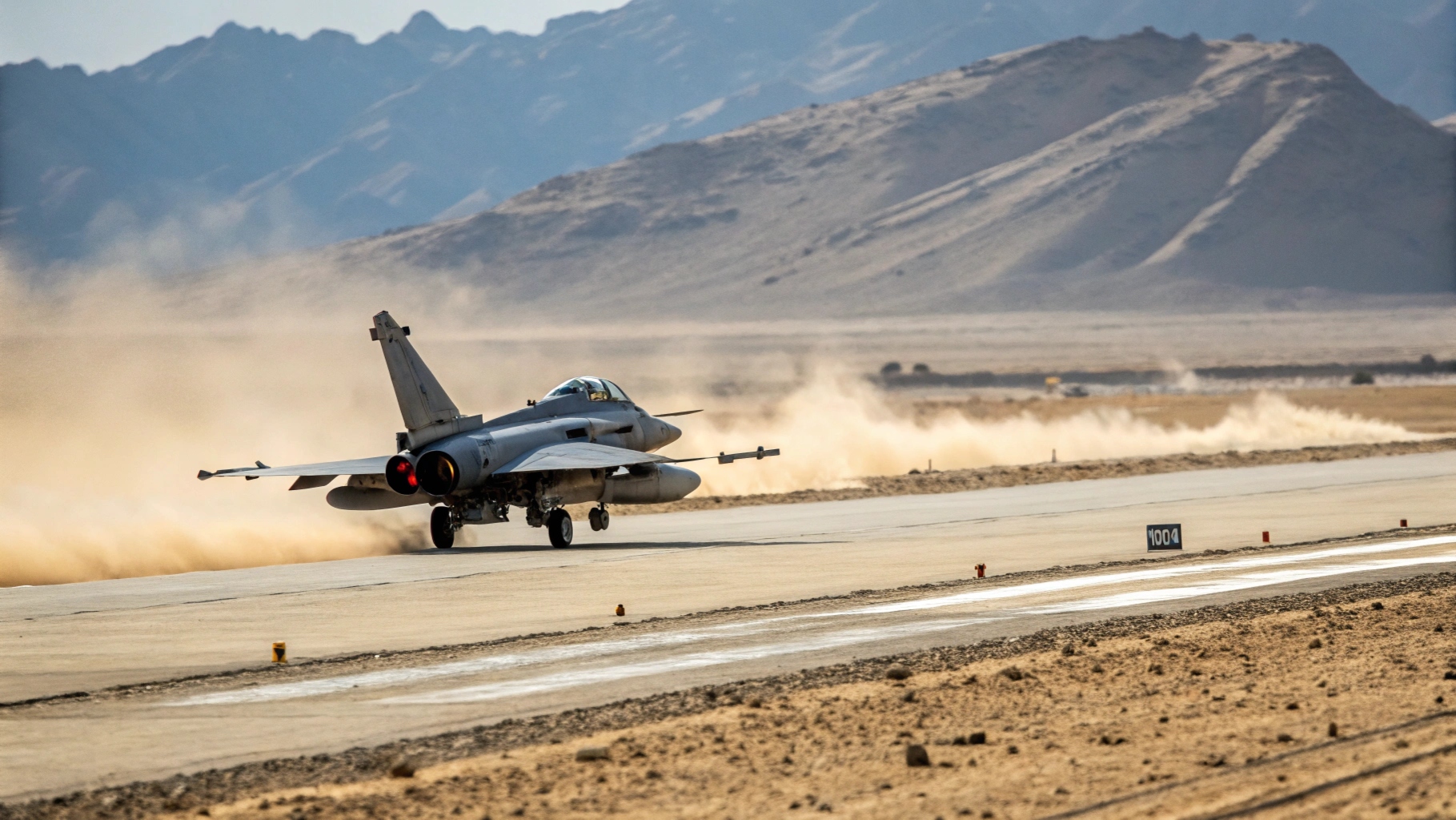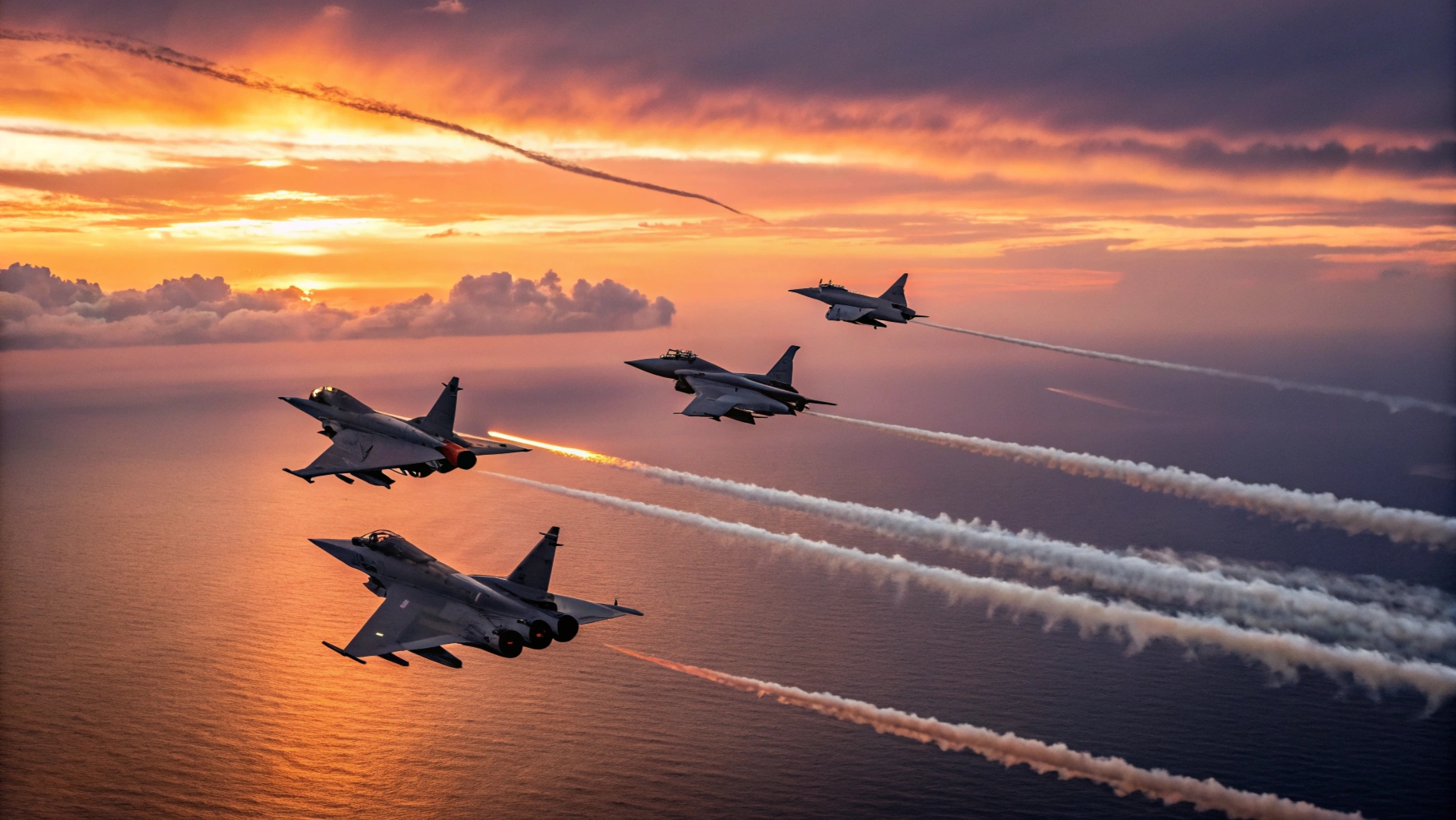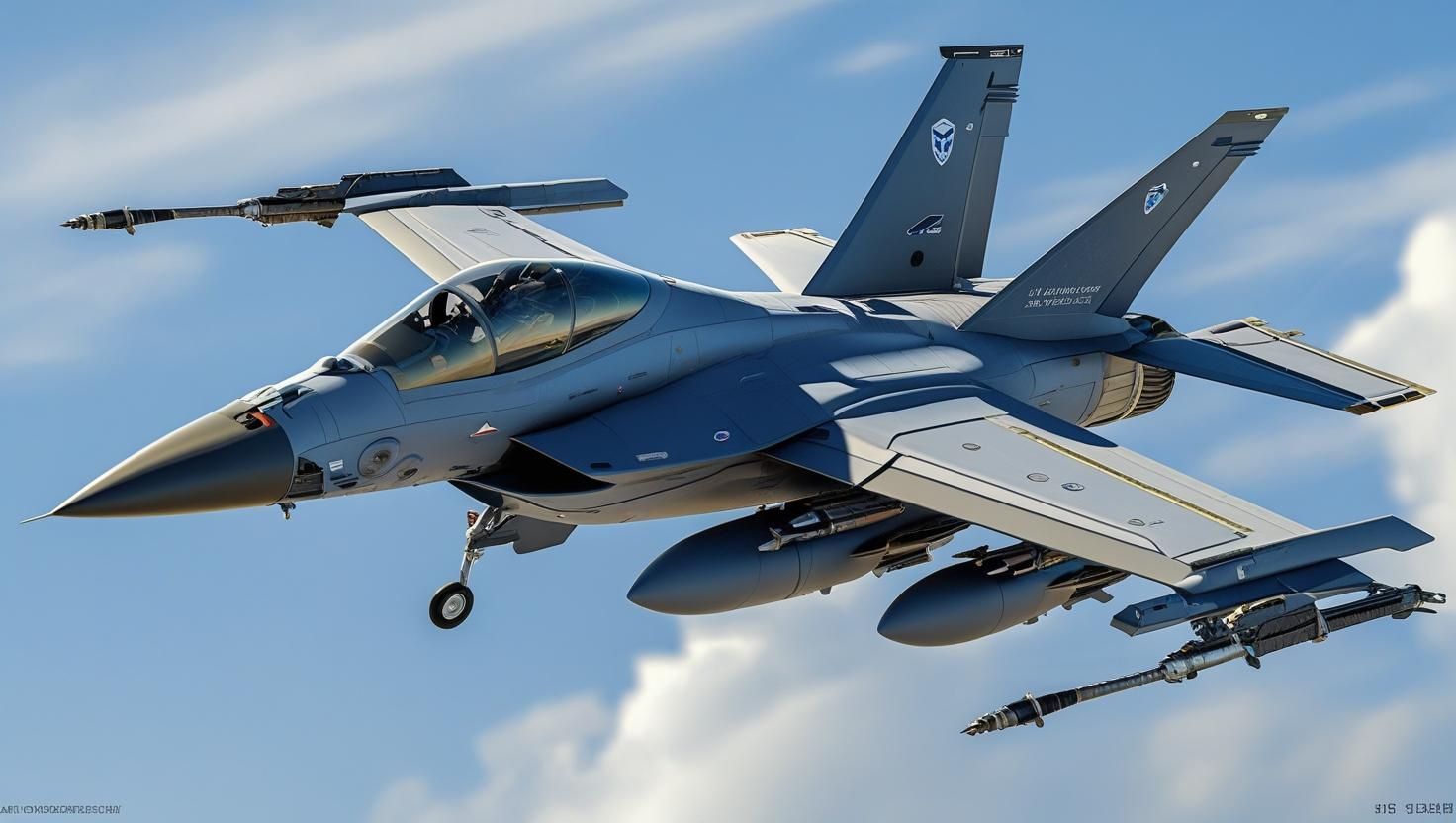
Lockheed Martin continues to innovate in tactical airlift with the C-130J Super Hercules and today revealed groundbreaking wing structure test results that far surpassed initial predictions, verifying an extended wing lifespan and superior center wing box strength.
The comprehensive test program showed the C-130J’s wing structure provides nearly 40% more life than originally anticipated, with an impressive extension to nearly double its design specification. The wing’s service life increased from an estimated 90,000 Equivalent Flight Hours to 122,500, confirming the C-130J as the most reliable and capable tactical airlifter globally, able to endure demanding missions for years to come.
Since 2009, all new C-130Js have featured an Enhanced Service Life (ESL) center wing box designed to boost the aircraft’s durability. This wing box, which supports the wings structurally, was created to extend the operational life beyond the original 45,000 Equivalent Flight Hours, potentially adding decades to the Super Hercules’ operational timeline.
The recent testing initiative, sponsored by the U.S. and Royal Canadian Air Forces, pushed the wing to its maximum limits by replicating real-world flight stresses. The U.S. Air Force provided an ESL center wing, two outer wings, and a center fuselage for the Wing Durability Test. Results from this multi-year testing program exceeded all expectations, validating a wing life of 122,500 Equivalent Flight Hours.
Serving 28 operators in 23 countries, the Super Hercules is the top choice for tactical airlift worldwide. More than 560 units have been delivered and certified by over 20 aviation authorities, accumulating more than 3 million flight hours.




